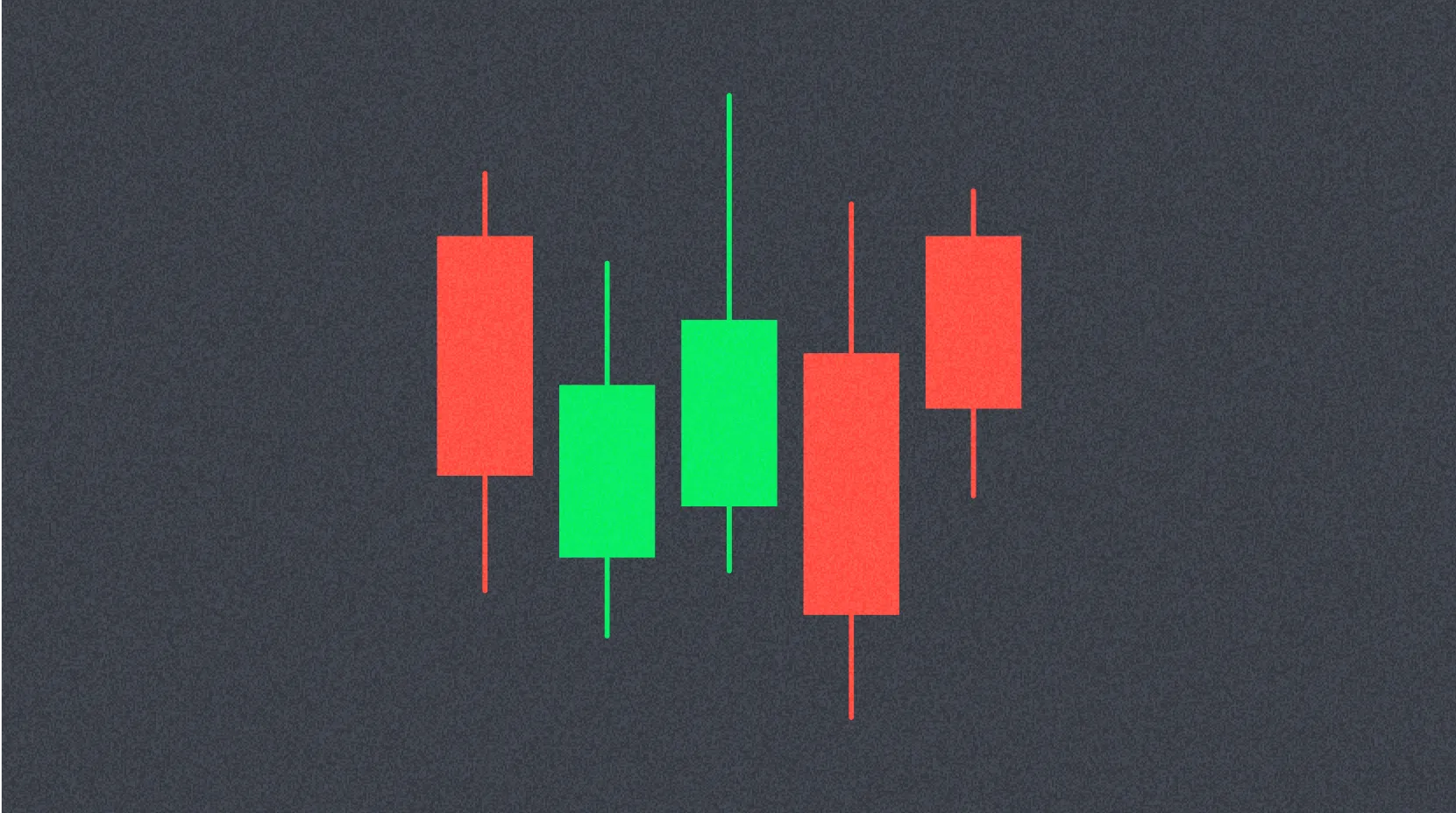Ethereum Scan

Ethereum blockchain explorers are blockchain data query tools specifically designed for the Ethereum network, allowing users to access and analyze on-chain data in an intuitive way. They function similarly to internet browsers, but instead of browsing websites, they enable exploration of all transactions, smart contracts, addresses, and other network activities on the Ethereum blockchain. The most popular Ethereum explorer is Etherscan, which has become an essential infrastructure within the Ethereum ecosystem.
The origin of Ethereum blockchain explorers can be traced back to the fundamental need for blockchain transparency. Shortly after Ethereum's mainnet launched in 2015, Etherscan was introduced the same year by developer Matthew Tan. With the Ethereum ecosystem expanding rapidly, there was a need for a tool to help developers, investors, and regular users understand what was happening on the network. Blockchain explorers emerged to fulfill this need, making blockchain data accessible to everyone, not just technical users running full nodes.
Ethereum explorers work by extracting data from blockchain nodes and presenting this information in a user-friendly manner. Explorers continuously index blockchain data by running Ethereum nodes, parsing raw blocks, transactions, and state changes, and then organizing this data into relational databases for easy querying. When users access an explorer website or API, they can search using various parameters such as block height, transaction hash, address, or contract name. Beyond basic data, modern explorers offer advanced features like smart contract code verification, ABI decoding, token transfer tracking, and gas price analytics.
Despite the immense value Ethereum explorers bring to the ecosystem, they face several challenges and risks. First, centralization risk is a major concern—while the blockchain itself is decentralized, most users access data through centralized explorers, which can introduce single points of failure or censorship. Data reliability is also a challenge, as explorers must ensure the information they display accurately reflects the on-chain state, especially during network congestion or forks. Additionally, privacy considerations are important—explorers make all transactions viewable by anyone, which enhances transparency but limits transaction privacy for individuals or organizations. Finally, with the rise of Ethereum scaling solutions such as Layer 2 networks, explorers face technical challenges in integrating data from these complex systems.
Ethereum blockchain explorers have become crucial bridges connecting blockchain technology with everyday users. They not only provide transparency but also create accountability mechanisms for the entire Ethereum ecosystem, enabling users to verify transactions, inspect smart contract behavior, and monitor network health. As blockchain adoption increases and Layer 2 scaling solutions evolve, explorers will continue to adapt, accommodating more complex use cases and serving broader user demographics. Whether it's developers debugging smart contracts, ordinary users confirming transactions, or researchers analyzing network trends, Ethereum explorers play an irreplaceable role in simplifying blockchain data access, making this complex technology more approachable.
Share
Related Articles

What Is Ethereum 2.0? Understanding The Merge

Reflections on Ethereum Governance Following the 3074 Saga
